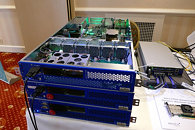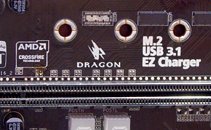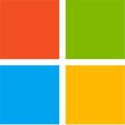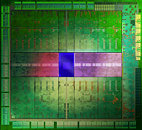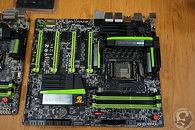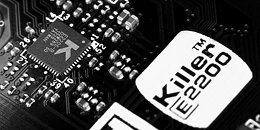Qualcomm Announces its First Socketed Enterprise CPU
Qualcomm, which holds a ton of ARM SoC patents, and put them to good use with its Snapdragon line of SoCs for smartphones, tablets, and convertible notebooks, is foraying into enterprise computing market. The company is ready with its first prototype of a 24-core high-performance CPU based on the 64-bit ARM machine architecture. ARM-based processors are picking up momentum in the server and micro-server markets owning to their low cost, low cooling requirements, and high energy-efficiency; and Qualcomm wants a slice of that pie. Most enterprise Linux and FreeBSD distributors have versions of their server operating systems for the 64-bit ARM architecture, as do most popular server software providers.
The prototype 24-core CPU is socketed, and ships in a large land-grid array (LGA) package, much like Intel's Xeon chips. The first production chips will have a lot more than 24 CPU cores, said Qualcomm senior vice president Anand Chandrasekhar. As a proof of concept, Qualcomm assembled three server blades using these chips, which were running Linux with a KVM hypervisor, streaming HD video to a PC using a LAMP stack (Linux + Apache + MySQL + PHP) built with OpenStack. Qualcomm's target consumers are big Internet companies like Google and Facebook, which purchase hundreds of thousands of CPUs each year to cope with growing user- and content-traffic.
The prototype 24-core CPU is socketed, and ships in a large land-grid array (LGA) package, much like Intel's Xeon chips. The first production chips will have a lot more than 24 CPU cores, said Qualcomm senior vice president Anand Chandrasekhar. As a proof of concept, Qualcomm assembled three server blades using these chips, which were running Linux with a KVM hypervisor, streaming HD video to a PC using a LAMP stack (Linux + Apache + MySQL + PHP) built with OpenStack. Qualcomm's target consumers are big Internet companies like Google and Facebook, which purchase hundreds of thousands of CPUs each year to cope with growing user- and content-traffic.


